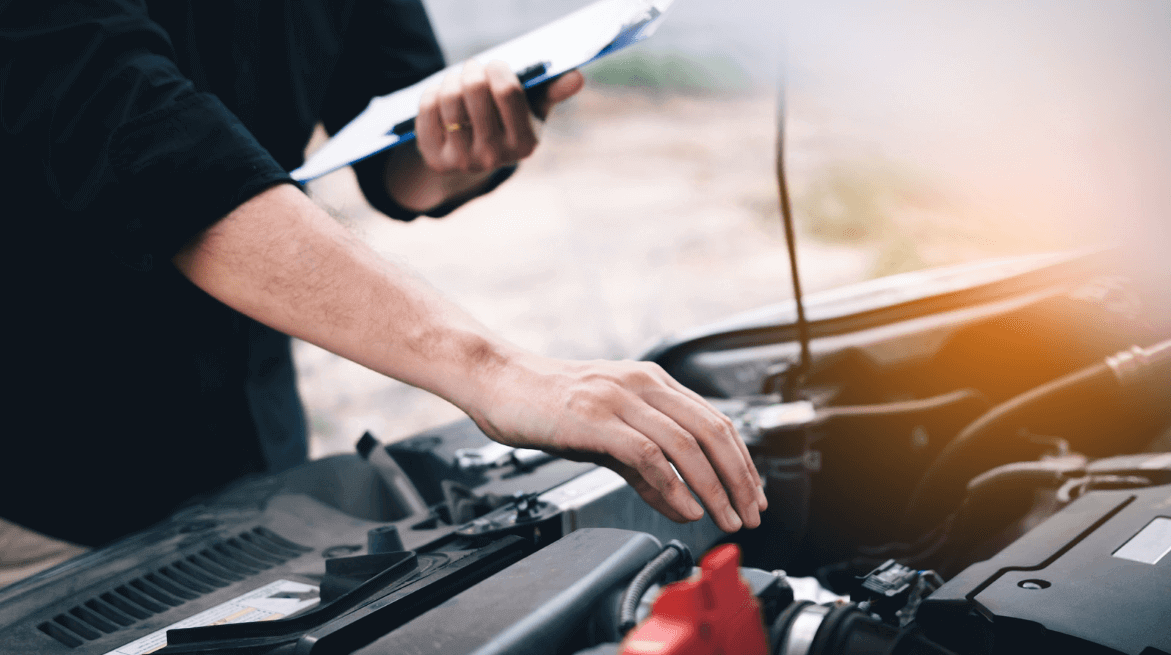Transmission repair is one of the most significant expenses vehicle owners may face. The transmission system, responsible for transferring power from the engine to the wheels, is a complex and integral component of any vehicle. When it malfunctions, the repercussions can be severe, often requiring costly repairs or replacements.
Understanding Transmission Systems
The transmission system in a vehicle can be either manual or automatic. Manual transmissions rely on the driver to change gears, whereas automatic transmissions shift gears on their own. Regardless of the type, the transmission’s primary function is to ensure the engine operates efficiently at various speeds, optimizing fuel consumption and performance.
Factors Affecting Transmission Repair Costs
- Type of Transmission: Automatic transmissions are generally more complex than manual ones, making their repair costs higher. The sophistication of automatic transmissions, with their numerous electronic components and intricate hydraulic systems, demands specialized skills and equipment for repairs.
- Extent of Damage: The severity of the damage plays a crucial role in determining repair costs. Minor issues such as replacing transmission fluid or fixing a small leak might be relatively inexpensive. In contrast, significant problems like a complete transmission overhaul or replacement can be extremely costly.
- Labor Costs: Labor rates vary by region and the expertise required for the repair. In urban areas or at specialized service centers, labor costs tend to be higher. The complexity of the job also affects the time required for repairs, further influencing the overall cost.
- Vehicle Make and Model: The make and model of the vehicle significantly impact repair costs. Luxury or high-performance vehicles often have more expensive parts and require specialized knowledge, leading to higher repair costs. Additionally, older or less common vehicles might have parts that are harder to find, increasing expenses.
- Warranty and Insurance: Vehicles still under warranty may have some or all of their repair costs covered, significantly reducing out-of-pocket expenses for the owner. Similarly, certain insurance policies might cover transmission repairs, depending on the coverage terms.
Types of Transmission Repairs
- Transmission Fluid Change: Transmission fluid lubricates and cools the components within the transmission. Over time, it can become contaminated or degrade, requiring a change. This is one of the least expensive maintenance tasks, typically costing between $80 and $250.
- Seal and Gasket Replacement: Leaks in the transmission can often be traced to faulty seals or gaskets. Replacing these components usually costs between $150 and $350, depending on the complexity and location of the leak.
- Solenoid Replacement: Transmission solenoids control the flow of fluid within the transmission. Malfunctioning solenoids can cause shifting problems and require replacement, with costs ranging from $200 to $500.
- Transmission Rebuild: A rebuild involves disassembling the transmission, inspecting all parts, and replacing worn or damaged components. This is a labor-intensive process, typically costing between $2,000 and $4,000.
- Transmission Replacement: In cases where the transmission is beyond repair, a complete replacement may be necessary. This is the most expensive option, with costs ranging from $4,000 to $8,000 or more, depending on the vehicle and transmission type.
Managing Transmission Repair Costs
- Regular Maintenance: Adhering to the manufacturer’s recommended maintenance schedule is crucial. Regularly checking and changing transmission fluid, inspecting for leaks, and ensuring proper operation can prevent minor issues from escalating into major problems.
- Early Detection: Paying attention to early warning signs, such as unusual noises, difficulty shifting gears, or fluid leaks, can help catch problems early. Addressing issues promptly can prevent further damage and reduce repair costs.
- Quality Repairs: Choosing a reputable repair shop with experienced technicians is essential. While it might be tempting to opt for the cheapest option, quality repairs can prevent recurring issues and save money in the long run.
- Extended Warranties and Insurance: Investing in an extended warranty or comprehensive insurance policy that covers transmission repairs can provide financial protection. Reviewing the terms and coverage details carefully can help vehicle owners make informed decisions.
- Proper Driving Habits: Avoiding aggressive driving, such as rapid acceleration and sudden braking, can reduce wear and tear on the transmission. Additionally, allowing the vehicle to warm up before driving in cold weather can help prolong the life of the transmission.
Conclusion
Transmission repair costs can vary widely based on several factors, including the type of transmission, extent of damage, labor costs, and the vehicle’s make and model. While some repairs can be relatively inexpensive, major overhauls or replacements can be substantial financial burdens.
However, with regular maintenance, early detection of issues, and informed decisions regarding repairs and warranties, vehicle owners can manage and potentially reduce these costs.

Leave a Reply